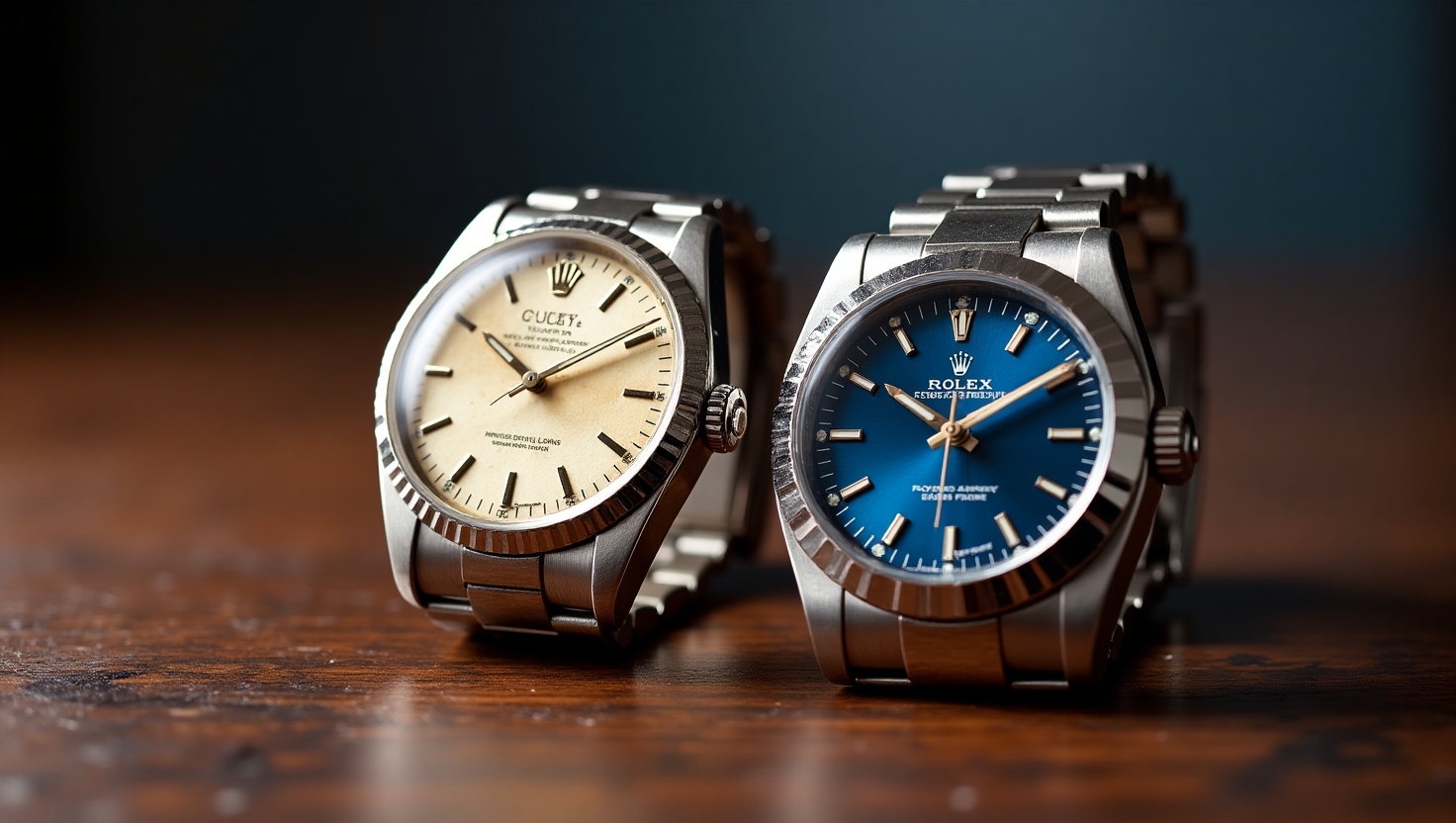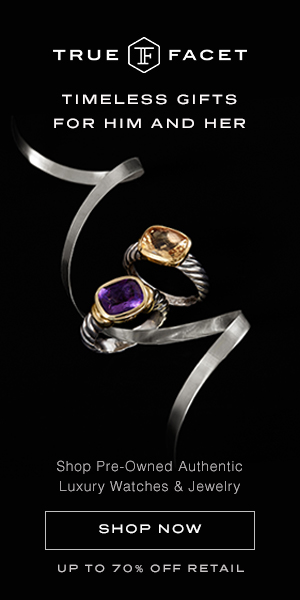Tudor vs Rolex: What’s the Real Difference Between These Iconic Watch Brands?
When it comes to Swiss luxury watches, few brand comparisons are as intriguing — or as commonly searched — as Tudor vs Rolex . Rolex needs no introduction — it’s one of the most recognizable names in the world of horology. But what about Tudor, its lesser-known sibling?
Often described as the “poor man’s Rolex,” Tudor has grown into its own respected brand over the past decade. While it shares a deep-rooted history with Rolex, Tudor offers something different — accessible luxury, vintage-inspired design, and rugged versatility.
The History Behind Tudor vs Rolex
Tudor was founded in 1926 by Hans Wilsdorf , the visionary behind Rolex. His goal was simple yet revolutionary: create a high-quality timepiece that could be sold at a more affordable price than a Rolex.
“For some years now, I have been considering the idea of making a watch that our agents could sell at a more modest price than our Rolex watches.”
— Hans Wilsdorf
Tudor was always meant to be separate from Rolex, even though they shared components like cases, bracelets, and early marketing strategies. Over the decades, Tudor carved out its own identity — especially after launching its own in-house movements in the mid-2010s.
Today, while Tudor is still owned by Rolex SA , it operates independently, designing its own collections and developing movements in partnership with Kenissi — a movement consortium also used by brands like Breitling.
Is Tudor Made by Rolex?
Yes — and no.
- Yes , because Tudor is owned by Rolex SA
- No , because Tudor is not manufactured by Rolex. It has its own design team, production facilities, and distribution network.
While older Tudor models used Rolex parts (like Oyster cases and crowns), modern Tudor watches are crafted independently — with their own style, materials, and engineering.
So, while there’s a strong family resemblance, Tudor is very much its own brand.
Is Tudor the Same as Rolex?
No — although they share DNA, they serve different purposes.
Feature |
Rolex |
Tudor |
| Brand Identity | Luxury icon, status symbol | Rugged elegance, vintage-inspired |
| Price Range | $5,700 – $500,000+ | $2,300 – $10,000+ |
| Movement | Fully in-house since 2004 | Mix of in-house & modified ETA (until recent years) |
| Materials | Stainless steel, gold, platinum | Stainless steel, bronze, titanium |
| Target Audience | High-end collectors, professionals | Adventurers, younger buyers, vintage enthusiasts |
While both brands focus on quality and precision, Tudor leans toward tool watches and affordability , whereas Rolex emphasizes prestige, exclusivity, and investment value.
Tudor Movement vs Rolex Movement
One of the most technical aspects of any mechanical watch is its movement — and this is where the distinction between Tudor and Rolex becomes clearer.
Rolex Movements
- Fully in-house since acquiring Aegler in 2004.
- Features innovations like:
- Chronergy escapement
- Parachrom hairspring
- Superlative Chronometer certification (+/- 2 seconds/day)
Tudor Movements
- Until recently, many models used modified ETA movements.
- Since the mid-2010s, Tudor has introduced in-house calibers like the MT5402 and MT5652 .
- COSC-certified with up to 70-hour power reserves.
- Some movements developed in collaboration with Kenissi (a movement consortium co-owned by Tudor).
While Rolex leads in proprietary innovation, Tudor offers impressive performance at a more affordable cost.
Tudor Submariner vs Rolex Submariner

Tudor and Rolex Watch
Both brands have released legendary dive watches, none more iconic than the Tudor Submariner vs Rolex Submariner .
- The Rolex Submariner debuted in 1953.
- Tudor followed a year later with the Oyster Prince Submariner ref. 7922 .
While early versions shared similar styling and water resistance features, they diverged over time.
Today, the modern Rolex Submariner remains a flagship model, while Tudor revived its diving heritage through the Black Bay line — heavily inspired by the original Submariner design.
Key differences include:
- Rolex uses Cerachrom bezels; Tudor often uses aluminum.
- Rolex offers both date and no-date versions; Tudor focuses on the latter.
- Tudor Black Bay models emphasize vintage aesthetics; Rolex maintains a timeless look.
Tudor Watches: The Modern-Day Submariner Spirit
Although Tudor no longer produces a formal “Submariner” model, its spirit lives on in the Black Bay collection .
With its domed crystal, snowflake hands, and bold dials, the Black Bay pays homage to the original Tudor Submariner models of the 1950s and ’60s.
Popular variations include:
- Black Bay Fifty-Eight: Slimmer case, vintage proportions.
- Black Bay GMT: Dual-time functionality, matte bezel.
- Black Bay Pro: Designed for explorers and travelers.
These watches blend retro charm with modern performance — making them ideal for professionals who appreciate both style and substance.
Similar Watches to Rolex
If you admire Rolex but find the price tag out of reach, there are several alternatives — and none come closer than Tudor. It offers designs, materials, and performance that rival Rolex in many ways, especially in sports and tool watches like:
- Tudor Pelagos vs Rolex Sea-Dweller
- Tudor Black Bay GMT vs Rolex GMT-Master II
- Tudor Heritage Chrono vs Rolex Daytona
While Rolex remains the ultimate status symbol, Tudor delivers exceptional value — especially for those who prioritize wearability, versatility, and character.
How Many Watches Does Tudor Make a Year?
Unlike Rolex, which keeps strict control over production numbers, Tudor releases fewer details about its output. However, estimates suggest that Tudor produces around 100,000 watches per year — far fewer than major Swiss competitors like Omega or TAG Heuer.
This limited production contributes to the brand’s growing desirability, especially for models like the Black Bay Fifty-Eight , Pelagos , and Ranger II .
Does Rolex Own Tudor?
Yes — Tudor is owned by Rolex SA .
Despite being a subsidiary of Rolex, Tudor operates independently and has built its own identity over the decades. This ownership gives Tudor access to Rolex’s expertise in engineering and distribution, while still allowing it to carve its own path in the luxury market.
Tudor vs Rolex: Design and Style Differences
Tudor has long embraced a more adventurous, rugged aesthetic , while Rolex tends to lean into classic sophistication.
Material Choices
- Tudor experiments with materials like bronze, titanium, and ceramic
- Rolex sticks primarily to stainless steel, white gold, and Everose gold
Color and Strap Options
- Tudor uses bold colors and unique strap styles — including NATO straps
- Rolex has traditionally been more conservative, though newer Oyster Perpetual models feature vibrant dials
Vintage Inspiration
- Tudor frequently revives historic designs — such as the Black Bay Fifty-Eight and Pelagos
- Rolex evolves slowly — modern Submariners still resemble their 1950s ancestors
Pricing: Tudor vs Rolex
Tudor and Rolex are clearly aimed at different markets — and this is reflected in their pricing.
Model |
Tudor (MSRP) |
Rolex (MSRP) |
| Entry-Level Watch | ~$2,300 | ~$5,700 |
| Popular Sports Watch | ~$4,000 | ~$11,000 |
| Pre-Owned Market Value | Steady or moderate growth | Often trades above retail |
Because of its positioning, Tudor appeals to those who want luxury without breaking the bank , while Rolex remains the go-to for those seeking investment-grade pieces .
Should You Buy a Tudor or Rolex?
Choosing between Tudor and Rolex isn’t just about comparing specs — it’s about aligning your values, lifestyle, and goals with the right brand.
Ask yourself:
- Do you want prestige and legacy ? → Go with Rolex
- Are you looking for value, versatility, and style ? → Consider Tudor
Both brands represent excellence in Swiss watchmaking. But only one might speak directly to your personal journey — whether you’re climbing the corporate ladder or diving into life’s next adventure.
Visual Comparison Table (Suggested for Web Use)
Feature |
Rolex Submariner |
Tudor Black Bay |
| Case Size | 41mm | 41mm |
| Movement | Caliber 3235 (in-house) | MT5602 (in-house) |
| Power Reserve | 70 hours | 70 hours |
| Water Resistance | 300m | 200m |
| Bezel Material | Cerachrom Ceramic | Aluminum |
| Bracelet | Oyster with Easylink | Three-link riveted |
| MSRP | ~$9,000 | ~$3,400 |
Final Thoughts
Tudor and Rolex may share a common origin, but today they cater to different audiences.
- If you’re after status, investment potential, and prestige , Rolex is the clear choice.
- If you’re drawn to style, versatility, and vintage flair , Tudor offers incredible value.
Whether you choose Tudor or Rolex, you’re investing in Swiss craftsmanship, durability, and timeless design.







